In the electrifying arena of digital marketing, the impact of user experience (UX) on search engine optimization (SEO) has become an unequivocal game changer. You’re a boutique coffee brand offering ethically sourced, artisanal blends for discerning coffee lovers. How can your website rise to the coveted top spots on search engines? ?
A meticulously designed UX is no longer a ‘nice-to-have’ feature; it’s a linchpin for powerful SEO strategies. Here are the core tasks and goals your website must focus on:
- Harnessing the Power of UX for SEO: Fostering an intuitive, user-friendly platform that keeps visitors engaged, thereby reducing bounce rates and signaling to search engines that your site is a destination of value.
- Plerdy UX & SEO Analysis: Employing tools like Plerdy’s cutting-edge analysis to optimize your website’s UX for a significant SEO boost. Insights from such sophisticated analytics can illuminate areas of improvement, helping you construct an inviting digital landscape for your visitors.
- Ensuring Mobile Optimization: In a mobile-first world, ensuring your website is mobile-optimized is imperative. This will cater to an ever-growing user base and influence SEO ranking significantly.

Remember, as your website serves as the digital face of your brand, ensuring its UX appeals to your audience is equivalent to orchestrating your site’s SEO success. And that, in essence, is the magic of the UX-SEO convergence in 2023. ✨
Understanding the Basics: UX and SEO
Understanding the connection between user experience (UX) and search engine optimization (SEO) is crucial in today’s digital environment. Furthermore, this relation is pivotal in shaping your website’s success – the better your users’ experience, the higher your SEO ranking potential.
Consider these key points:
- UX: It’s all about the user’s journey on your website. Think clear navigation, intuitive design, and quick loading times. Imagine a user visiting a well-designed, easily navigable site with high-quality, relevant content – it’s a satisfying experience that keeps them coming back for more.
- SEO: This is the art of tailoring your website to meet search engine standards. It’s about ensuring your website pops up when a user types in relevant keywords – making it visible, accessible, and appealing to search engines and users.
Linking UX and SEO together creates an unstoppable combination. When a website owner optimizes their site – incorporating streamlined navigation and engaging, relevant content, for example – it can positively affect the site’s SEO. It’s like having a clear roadmap that guides every user efficiently, leading them directly to their desired destination – higher traffic, better engagement, and improved rankings.
Importance of UX in SEO
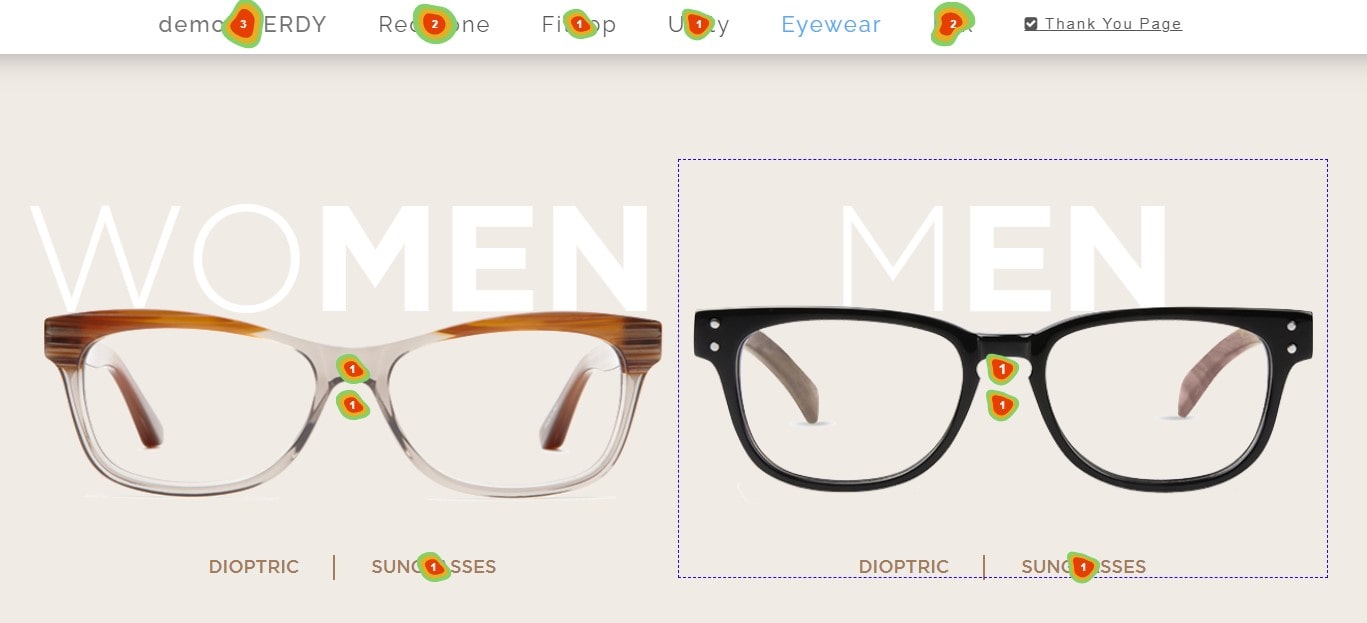
Let’s delve into the magnitude of user experience (UX) on search engine optimization (SEO) and how they weave together to yield impressive results. A user-friendly website isn’t merely aesthetically pleasing – it’s a powerful SEO tool that can boost your rankings. Fostering an intuitive, engaging experience can make all the difference in your site’s success.
The correlation between UX and SEO is crystal clear. Here’s why:
- Improved User Engagement: A positive user experience encourages visitors to stick around. Lower bounce rates and increased dwell time – both signs of strong user engagement – can signal to search engines.
- Enhanced Site Usability: Streamlined site navigation, an intuitive layout, and simple, compelling calls to action can elevate the user experience, which in turn can positively affect SEO outcomes.
- Increased Conversion Rates: A stellar UX design can lead users smoothly along the buying journey, which could lead to higher conversion rates. When users interact more with your site, search engines take notice.
Think of a website with lightning-fast load times and engaging, up-to-date content. The straightforward navigation keeps users on track, and the seamless check-out process turns browsers into buyers. This well-oiled UX machine doesn’t just make happy customers but sends all the right signals to search engines, making it an SEO powerhouse. Remember, user experience isn’t just a buzzword but a game-changer that can affect your SEO strategy.
Tips on Improving UX for Better SEO
In the constantly shifting digital landscape of 2023, the intertwining realms of UX and SEO no longer exist in their respective silos; rather, they serve as two sides of the same coin that profoundly impact the visibility and success of online platforms. Just as the ripples from a pebble tossed into a pond, a carefully crafted user experience can send positive SEO results, significantly boosting your website’s visibility in the vast ocean of online content. We’ve reached an era where you can’t simply sidestep UX in the pursuit of effective SEO – it’s akin to ignoring the forest for the trees. Optimizing user experience is a linchpin in driving organic traffic and achieving search engine prominence.
1. Prioritize Page Loading Speed
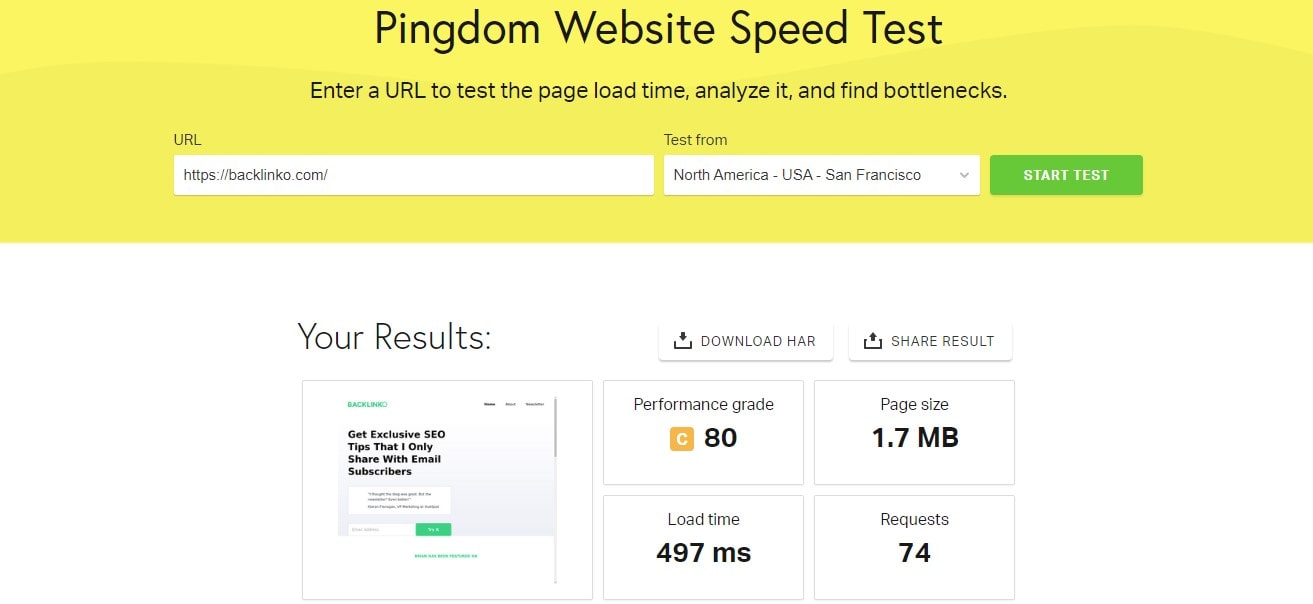
Elevating user experience (UX) to the next level hinges on one critical factor: page loading speed. Users crave instant gratification, expecting web pages to load in a flash. That’s why prioritizing page loading speed isn’t just an option – it’s a must.
Rapid page loading speeds foster a seamless user experience, and this seamless experience could be a robust catalyst for your SEO. Users who don’t have to twiddle their thumbs waiting for your content to load are likelier to stick around, interact with your site, and potentially convert.
Consider these benefits:
- User Retention: Fast-loading pages keep visitors engaged, reducing bounce rates and increasing the likelihood of conversions.
- SEO Rankings: Google acknowledges loading speed as a ranking factor. A swift website can climb the search engine rankings, outpacing competitors.
- Improved Conversions: A smooth, fast user experience can guide visitors toward purchasing or engaging with your content.
Visualize an online shop loaded with high-resolution images and videos. But it stays strong, and it loads quickly every time. Users can browse, add items to their cart, and check out without hitting a snag. This new user experience could lead to increased dwell time, lower bounce rates, and higher conversions – all positive signals that can turbocharge your SEO. Always remember: when it comes to user experience, speed is the name of the game.
2. Ensure Mobile Optimization
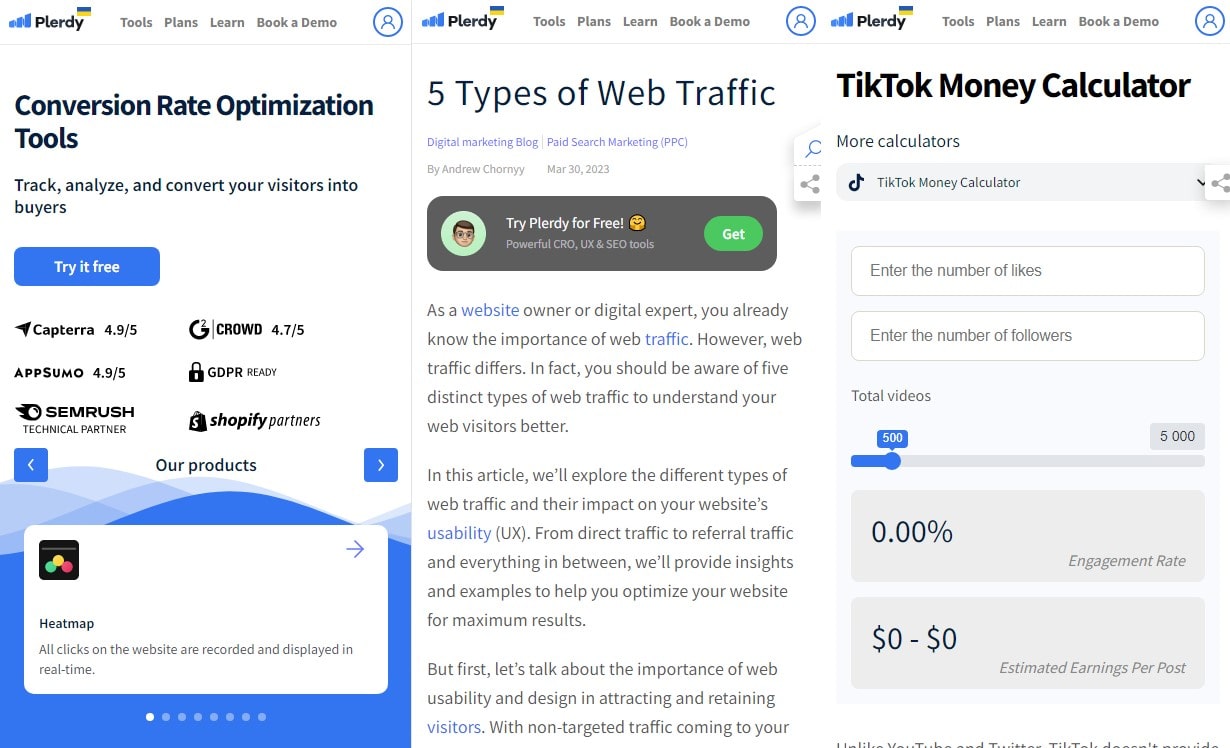
Embracing mobile optimization isn’t a luxury; it’s a necessity. In an age where users are more likely to reach for their smartphones to browse the internet, your website needs to shine on smaller screens. An optimized mobile experience can significantly affect user experience (UX) and search engine optimization (SEO), pushing your digital strategy to new heights.
Here are a few key ways mobile optimization affects UX and SEO:
- Enhanced User Engagement: Websites optimized for mobile can engage users more effectively, encouraging them to interact with your content and potentially convert.
- Boost in SEO Rankings: Mobile-friendliness is a ranking factor for Google. A mobile-optimized site can climb the ranks faster, maximizing visibility.
- Increased User Retention: Mobile-friendly sites reduce bounce rates and show search engines that your material is worthwhile.
Picture a mobile user smoothly navigating your website, finding the information they need without pinching, zooming, or squinting. The intuitive layout and easy navigation make their experience a breeze, leading to higher engagement rates. The user-friendly interface and dwell time are SEO gold, bolstering your search engine rankings. Remember, in the digital realm, optimization for mobile users isn’t just a strategy – it’s the future. Striving for a seamless mobile experience can remarkably elevate your UX and SEO game.
3. Use Easy and Intuitive Navigation
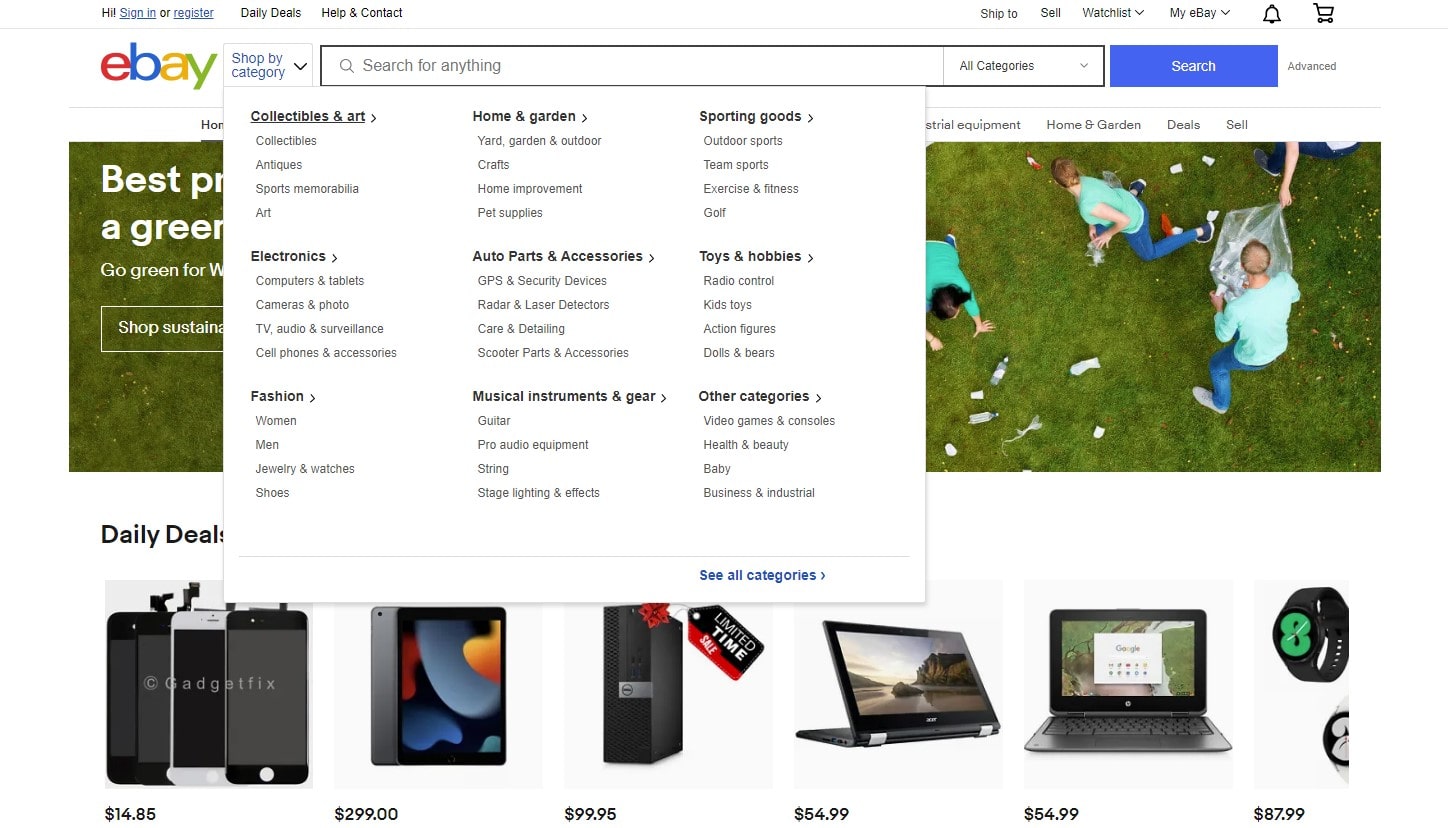
Intuitive navigation is the linchpin of exceptional user experience (UX). Users must be able to easily navigate your website and locate the information they require without encountering any obstacles. Therefore, a website that’s easy to navigate elevates UX and positively impacts your search engine optimization (SEO).
Here’s why intuitive navigation matters:
- Boosts User Engagement: When visitors can effortlessly find what they need, they’re more likely to stay and interact with your content, positively affecting your SEO.
- Enhances User Retention: Easy navigation minimizes frustration, which reduces bounce rates and improves user retention.
- Facilitates Conversions: A user-friendly design can guide visitors smoothly along the buying journey, contributing to higher conversion rates.
Let’s illustrate this with an example. Imagine a blog with a well-structured layout where users can easily find articles on their favorite topics. The categories are marked, and there’s a search function for more specific queries. As a result, even a novice user feels at home, spending more time exploring and less time deciphering the site structure. The result? Happy users, less bounce, and potentially higher conversion rates. And all these positive user behaviors can impact your SEO positively.
Remember, easy and intuitive navigation isn’t just about aesthetics. It’s a powerful tool that can significantly enhance the user experience and SEO performance.
4. Implement Clear and Actionable CTAs
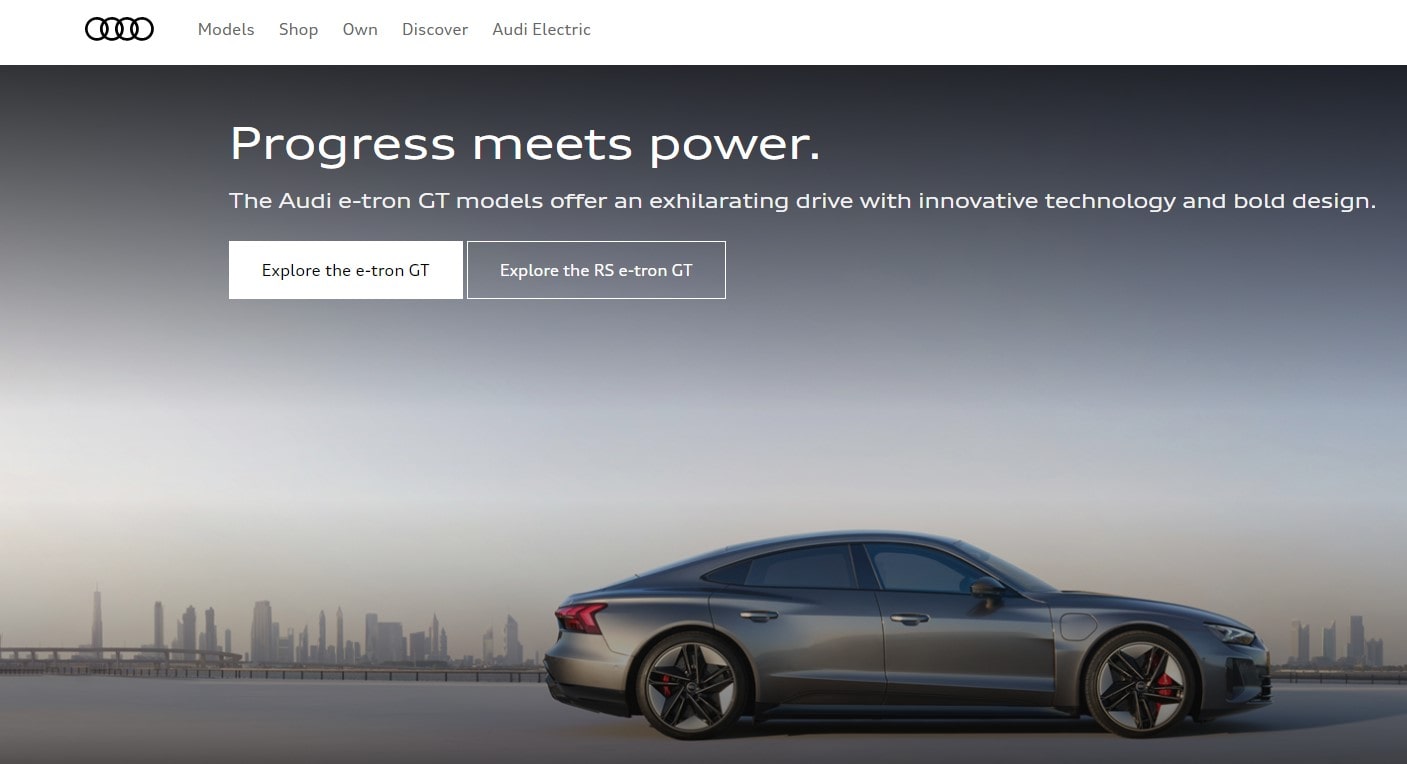
Crystal clear and actionable Calls to Action (CTAs) can supercharge both your user experience (UX) and your search engine optimization (SEO). CTAs are your digital signposts, guiding users toward taking the desired action, be it making a purchase, signing up for a newsletter, or downloading a resource.
Benefits of clear and actionable CTAs:
- Increased User Engagement: Intriguing CTAs can captivate visitors, enticing them to interact with your site more.
- Boost in Conversion Rates: Clear CTAs can help steer visitors down the conversion funnel, increasing conversion rates.
- Improved SEO: User engagement and conversions are positive signals to search engines, indirectly improving your SEO.
Consider an e-commerce site with an inviting CTA – “Add to Basket – Don’t Delay, Buy Today!” This clear, compelling message guides users toward making a purchase. As users heed this CTA, their engagement increases, they’re more likely to convert, and the e-commerce site sees a rise in user interaction. This cascade of positive user signals can have an indirect yet beneficial effect on the website’s SEO.
In the arena of UX and SEO, implementing clear and actionable CTAs is a strategic move. Not only does it improve the user’s journey, but it also influences their behavior, potentially boosting your SEO metrics.
5. Maintain Content Relevance and Quality
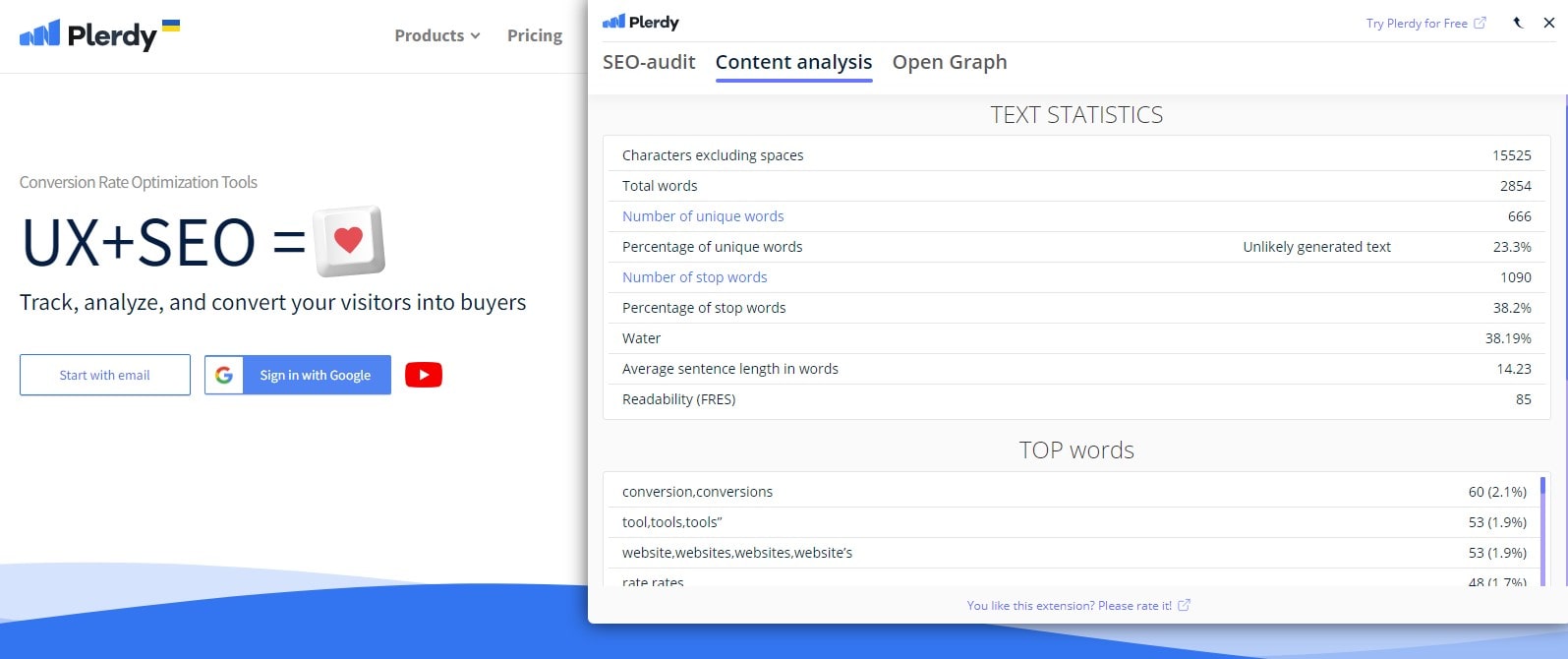
Keeping content relevant and high-quality is the backbone of top-notch user experience (UX) and can significantly affect your search engine optimization (SEO). Relevant, engaging content keeps users on your website longer, boosting engagement and sending positive signals to search engines.
Here’s why maintaining content relevance and quality matters:
- User Retention: Quality content captivates users, encouraging them to stay longer and return frequently.
- Improved Engagement: Users are more likely to connect with your site and improve engagement metrics when you provide relevant material.
- Enhanced SEO: User retention and improved engagement are favorable signals for search engines, indirectly contributing to SEO.
A news website regularly publishes well-researched articles about pressing issues. Users flock to this site for the latest updates, and they stay because the content is in-depth, informative, and engaging. This increased dwell time and recurrent user visits don’t just spell success for the site’s UX but also positively affect its SEO.
In the world of UX and SEO, content is king. Relevance and quality aren’t optional, so keep your content fresh, pertinent, and engaging. It’s the surefire way to provide superior UX and give your SEO a helping hand.
6. Improve Website Accessibility
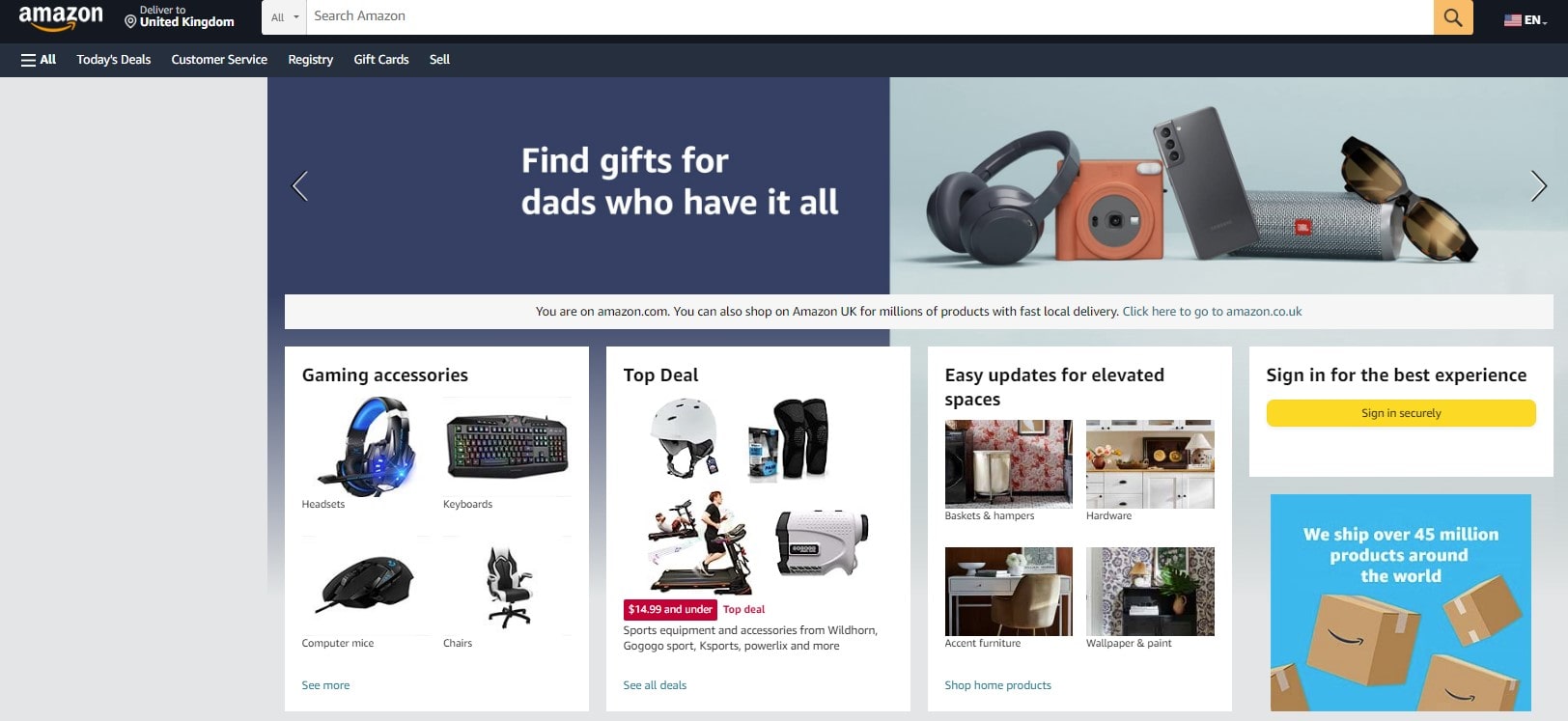
Website accessibility influences user experience (UX) and can impact search engine optimization (SEO). A fully accessible website ensures all users can interact with your content regardless of physical capabilities. Here’s how accessibility bolsters UX and SEO:
- User Inclusivity: An accessible website caters to all users, providing a similar experience for everyone.
- Compliance: Adhering to accessibility standards, like the Web Content Accessibility Guidelines (WCAG), enhances reputation and mitigates legal risks.
- Enhanced SEO: Accessibility optimizations, such as alt text for images, also contribute to SEO.
Consider an online clothing store, for instance. It incorporates descriptive alt texts for its product images, ensuring visually impaired users can understand the content. This store also uses clear, concise language, making it easier for users with cognitive disabilities to comprehend the text. All these efforts contribute to improved UX.
In addition, screen readers pick up the descriptive alt texts, indirectly boosting the site’s SEO. As a result, the online store improves its online presence, reaches a wider audience, and increases sales. Thus, enhancing website accessibility goes beyond ethical considerations—it’s a smart business strategy that improves UX and positively affects SEO. Never underestimate the power of an accessible website—it’s a win for everyone.
7. Incorporate Engaging Visual Content

Incorporating engaging visual content is a surefire way to enhance user experience (UX) and turbocharge your search engine optimization (SEO). Top-notch visuals grab attention, making users stick around your site and signaling to Google.
Let’s delve into the significant impacts of visual content:
- Visual Appeal: Eye-catching visuals can turn a dry text into a dynamic, engaging experience.
- User Understanding: Infographics and diagrams help explain complex concepts, improving user comprehension.
- SEO Boost: Relevant images with appropriate alt text improve your visibility in image search results.
Imagine a travel blog with vibrant, high-resolution photos of exotic locations and insightful captions. Not only do these visuals entice the reader, but they also provide a sense of the experience they can expect. This boosts the overall UX, leading to higher session durations and more shares, positively impacting SEO.
Further, by ensuring these images have descriptive alt text, the blog also gains traction in image search results, widening its reach. Hence, it’s clear that engaging visual content is not just for show – it directly affects UX and SEO. So strive for a harmonious blend of compelling written content and striking visuals to make your site stand out.
8. Optimize the Website’s Internal Search
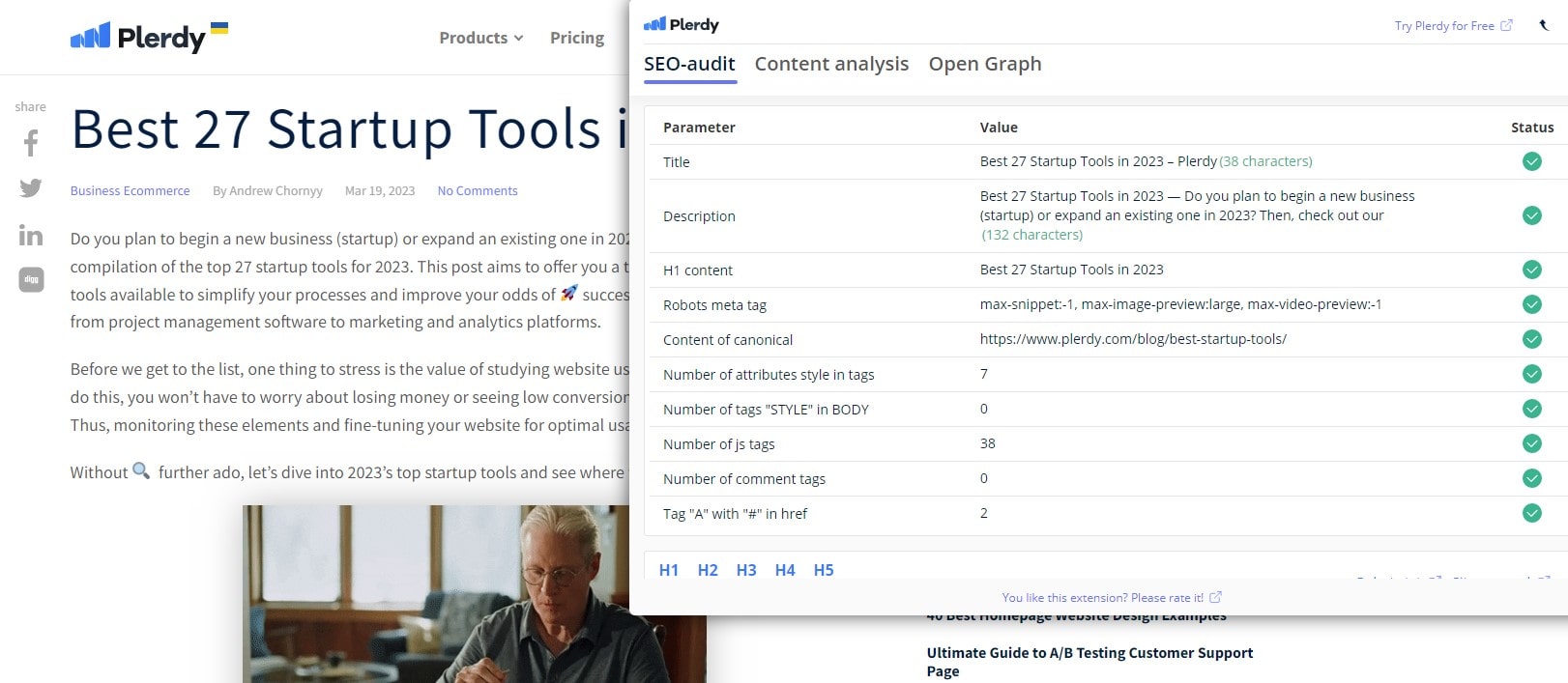
Optimizing your website’s internal search is an excellent strategy to elevate user experience (UX) and streamline your search engine optimization (SEO). This simple tweak can turn casual browsers into engaged users and potential customers.
Benefits of internal search optimization include:
- Ease of Navigation: Users find their desired content quickly, enhancing their overall experience.
- User Retention: Better search capability keeps users on your site longer, reducing bounce rates.
- SEO Benefits: Longer sessions and lower bounce rates can help your site rank better on search engines.
Take, for instance, a large e-commerce website. Customers can swiftly locate their desired products by optimizing the internal search function, leading to quicker purchases and repeat visits. The search tool might include autocomplete suggestions, filters, and categorization, all geared towards simplifying the user journey.
Properly structured metadata and carefully selected keywords will further enhance the internal search function, making it a powerhouse in its own right. This heightened UX can increase user engagement – a significant factor in successful SEO.
Optimizing your website’s search is key to refining the user experience and enhancing SEO efforts. However, it’s not just about helping users find what they need; it’s about ensuring they enjoy the journey and return for more.
9. Simplify Forms and Checkout Processes
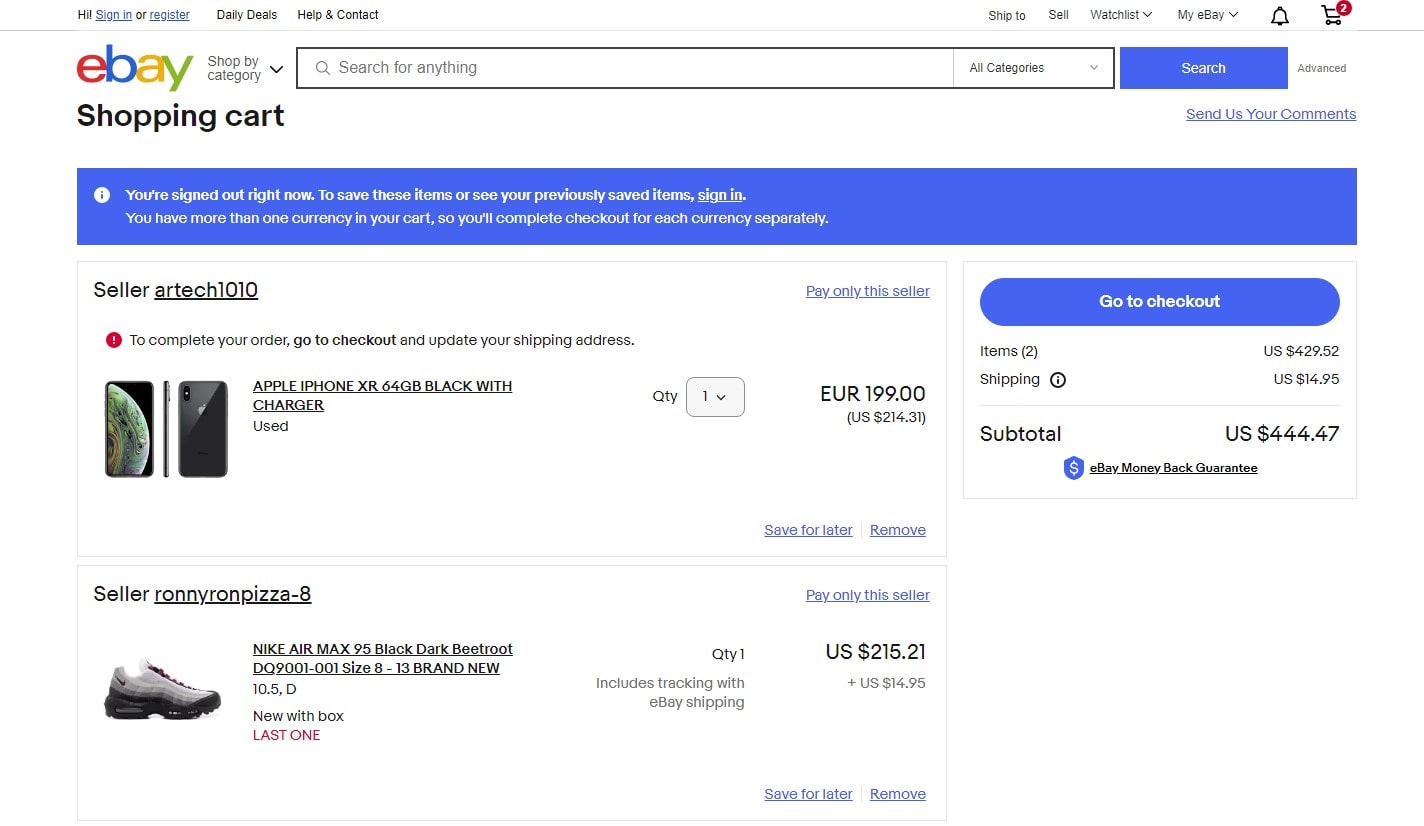
Simplifying forms and checkout processes is indispensable in delivering an exceptional user experience (UX) and amplifying your SEO efforts. This strategic move can influence user engagement, lower cart abandonment rates, and spur online conversions.
The key benefits of simplifying forms and checkout processes are:
- Improved UX: Users enjoy direct interactions, enhancing their overall experience.
- Increased Conversion Rates: A smooth checkout process engages users, increasing conversion rates.
- SEO Boost: Increased user engagement and reduced bounce rates can bolster your SEO initiatives.
Visualize an online bookstore. Providing a streamlined checkout process with simplified forms makes it easier for customers to complete their purchases. It could be as simple as reducing form fields, using autocomplete suggestions, and incorporating a single-page checkout.
Proper UX design, focusing on clarity and simplicity, can lead to a surge in customer satisfaction. Furthermore, this improvement in UX has a ripple effect on SEO – Google acknowledges sites with low bounce rates and extended user sessions.
Simplifying checkout processes is an effective approach to crafting a seamless user experience and bolstering SEO outcomes. But remember, it’s not just about making a sale – it’s about nurturing satisfied customers who return time and time.
10. Utilize User Feedback for Improvement
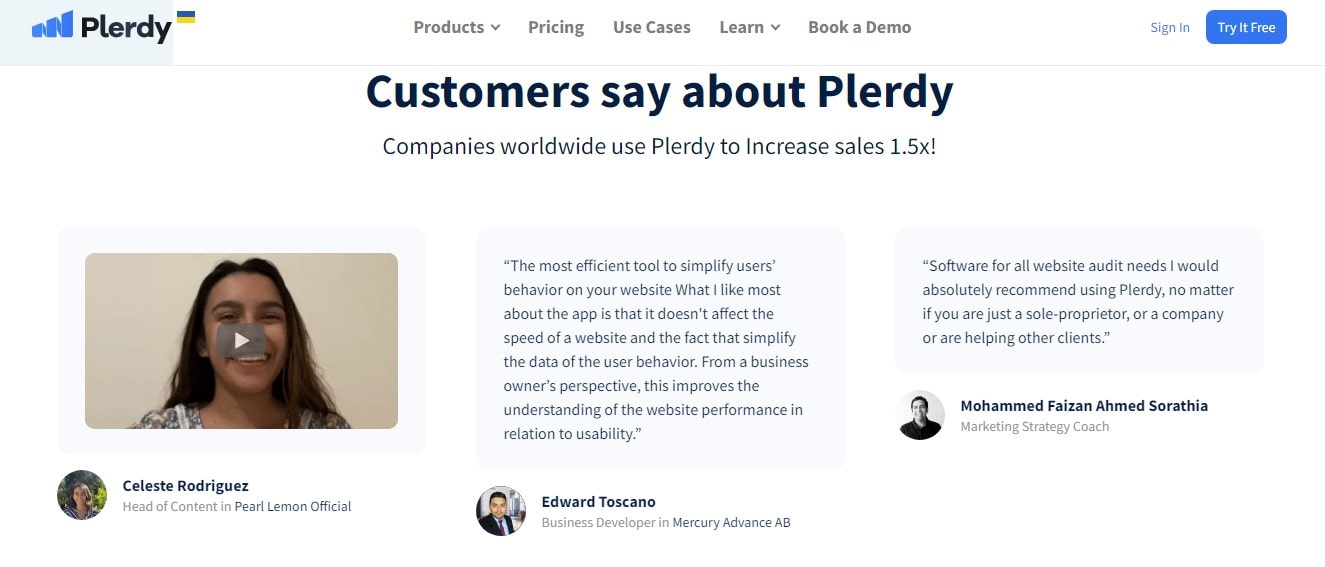
Utilizing user feedback for improvement is a powerful strategy, impacting both the user experience (UX) and search engine optimization (SEO). Feedback provides invaluable insights that can drive meaningful enhancements in your digital platforms.
Here are key reasons to utilize user feedback:
- Uncover Hidden Issues: User feedback can spotlight overlooked issues, allowing you to rectify them and enhance UX.
- Prioritize Updates: Feedback helps prioritize updates that matter the most to users, leading to improved UX and potentially higher SEO rankings.
- Demonstrate Responsiveness: By acting on user feedback, you display your commitment to users, fostering trust and loyalty.
Consider a travel website as an example. Users might provide feedback about complex booking processes or difficulties in finding specific information. By addressing these concerns, the website can boost UX, reducing bounce rates and increasing time-on-site – factors that positively affect SEO.
Thus, user feedback serves as a compass guiding your improvements, enhancing UX, and, in turn, bolstering SEO. The impact of user feedback extends beyond addressing immediate concerns. It helps you align your platform with user needs, providing a tailored experience that keeps users returning and sharing, reinforcing your SEO strategies. Keep your ears open to user feedback, your most valuable resource for driving ongoing improvements and SEO success.
11. Regularly Update and Refresh Content
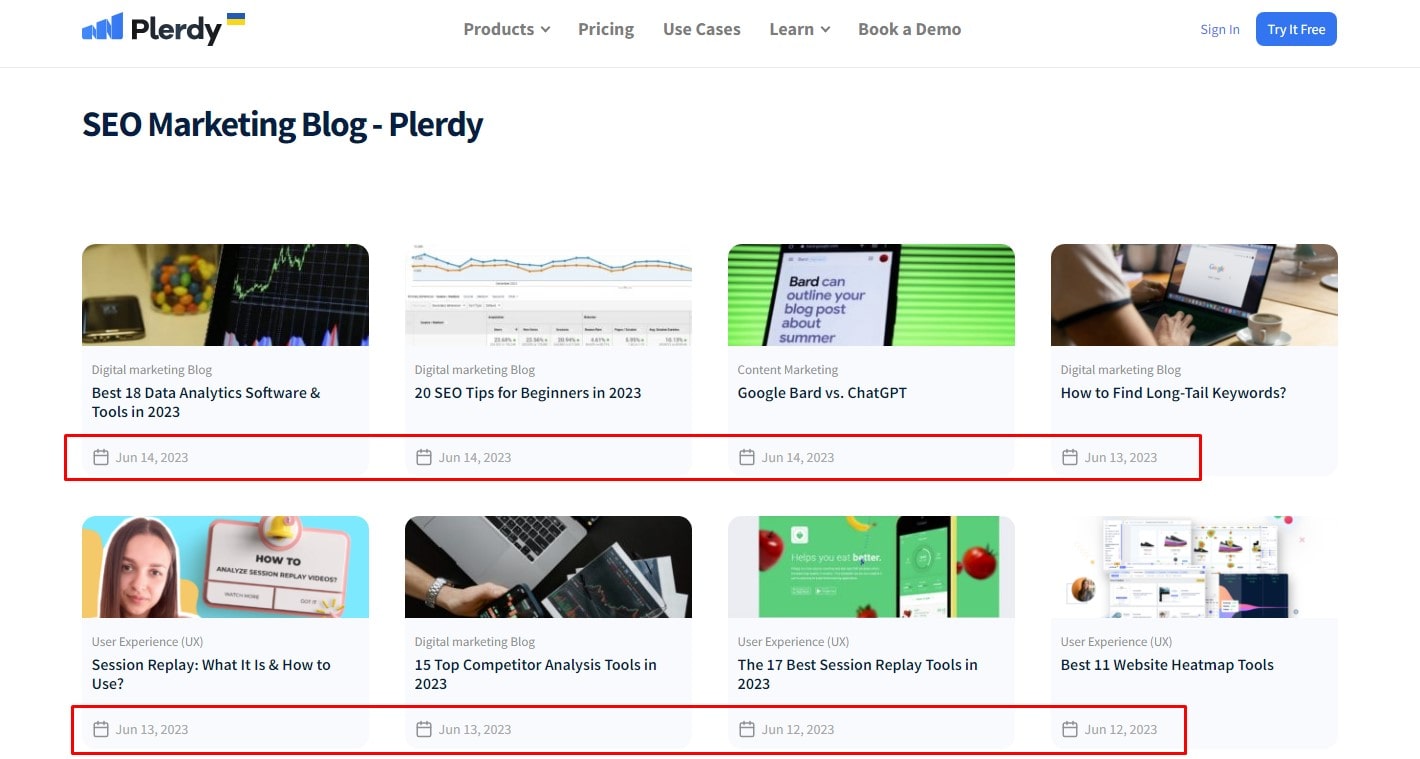
Regularly updating and refreshing your content can significantly impact the user experience (UX) and search engine optimization (SEO). Conversely, stale content can turn users away and downplay your site’s relevance in the eyes of search engines.
Consider these key points about keeping your content fresh:
- Keeping Pace with Change: By frequently updating your content, you stay in sync with evolving trends and information, maintaining the relevance of your platform.
- Enhancing UX: Fresh, updated content can greatly enhance the user experience by providing the latest and most relevant information.
- Boosting SEO: Regular updates signal to Google that your website is active and worthy of higher rankings.
Let’s use a travel blog as an example. You keep your readers engaged when you continuously update your posts with new information about destinations, the latest travel advisories, and recent experiences. Search engines, too, notice your site’s vibrancy and reward you with better rankings.
In the digital landscape, where changes are the only constant, refreshing your content is not just a task to tick off but an essential element of your content strategy. The relentless commitment to keeping your content up-to-date will undeniably enhance your user experience while favorably influencing your SEO. So, embrace the refresh cycle and soon reap its benefits.
12. Use a Clear and Concise URL Structure
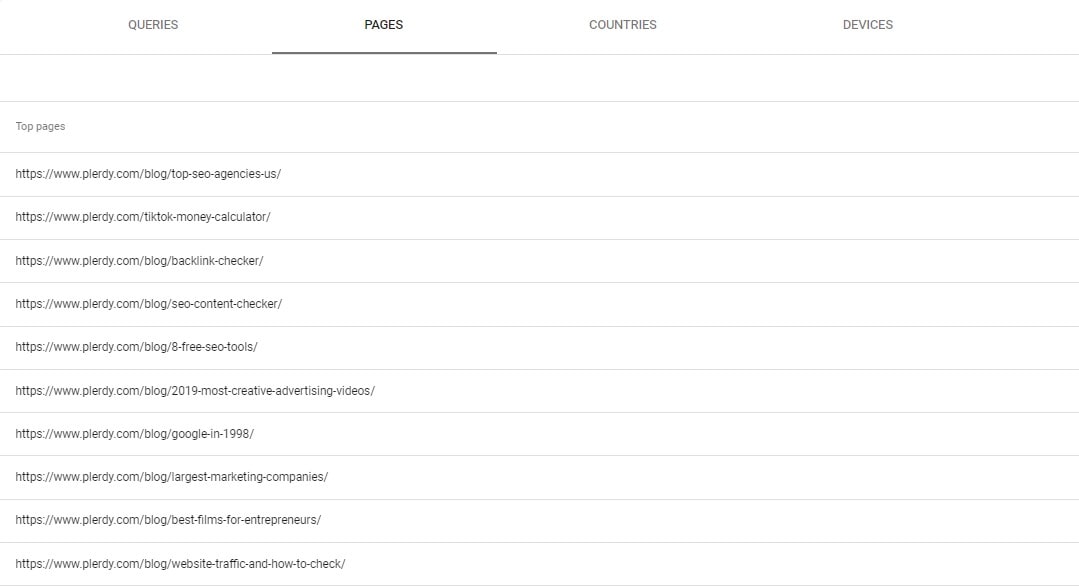
Harnessing the power of a clear and concise URL structure can dramatically enhance your website’s user experience and SEO. Not only does it contribute to a positive user experience, but it also gives search engines crucial context about your site’s content.
Here’s how an optimized URL structure can bolster your website:
- Improved UX: Clear URL structure aids navigation, enabling users to understand their location on your site.
- Boosted SEO: Search engines value URL clarity, giving preference to sites with it.
An optimal URL structure is a GPS – it guides users through your site, offering them a seamless experience. It also shows search engines the road map to your content, aiding their understanding of your site’s structure. In turn, this can positively influence your search rankings.
With every forward slash, you’re forging a smoother path for your users and paving the way to enhanced visibility on search engines. The impact on user experience and SEO can be substantial. So seize this opportunity to clarify your site and observe the rewards.
13. Build a Strong Internal Linking Structure
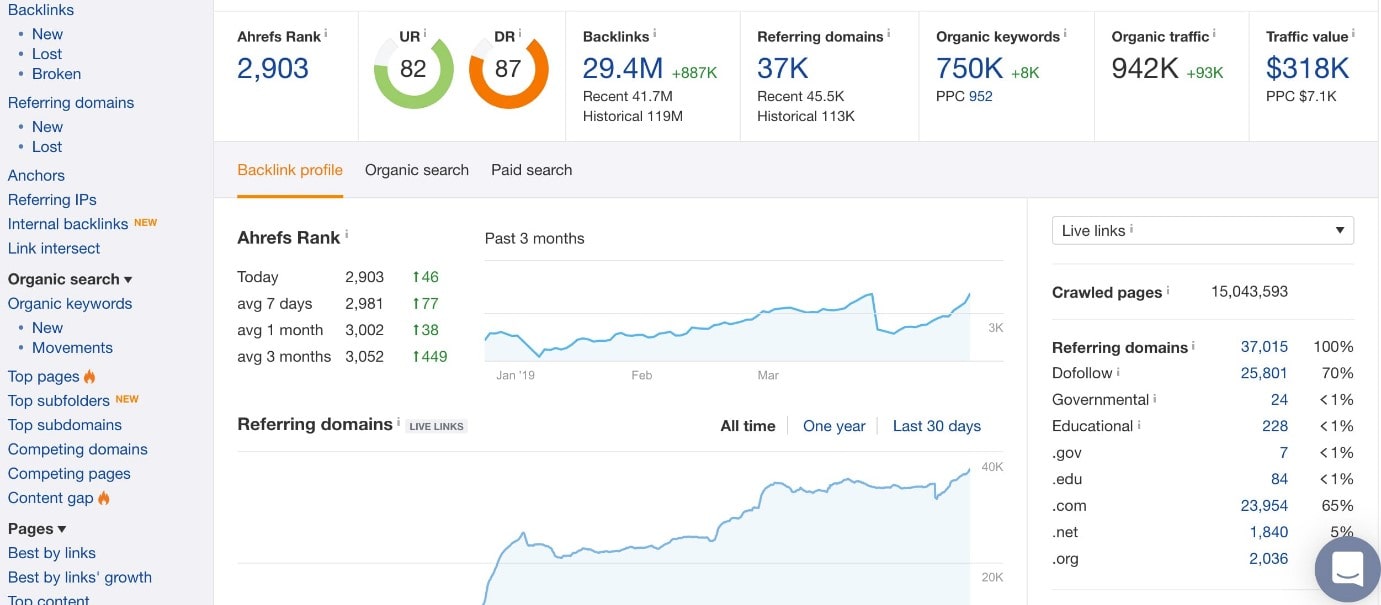
Building a robust internal linking structure isn’t just a task to be checked off – it’s a strategic move with profound benefits for user experience and SEO. These internal pathways help users navigate your site effortlessly and give search engines a deeper understanding of your site’s content.
Key benefits of a strong internal linking structure include:
- Enhanced User Experience: Strategically placed internal links guide users to relevant content, keeping them engaged and on-site for longer.
- Optimized SEO Performance: Internal links facilitate search engine crawlers’ jobs, allowing them to index your pages more efficiently.
Consider an online bookstore. A blog post about “Best Fiction Books of 2023” could contain internal links to the product pages of the mentioned books. This connection not only boosts the user’s experience by providing an easy path to purchase but also lets search engines recognize the relation between pages.
Embrace internal linking as your website’s road map – it guides users to their desired destination and directs search engine crawlers through your content. Each link you add is a bridge connecting different parts of your website, improving navigation, and enhancing SEO. So, start connecting the dots, and let your website’s potential unfold. The impact of a well-executed internal linking strategy on your site’s performance and user experience is worth the effort.
14. Implement Schema Markup
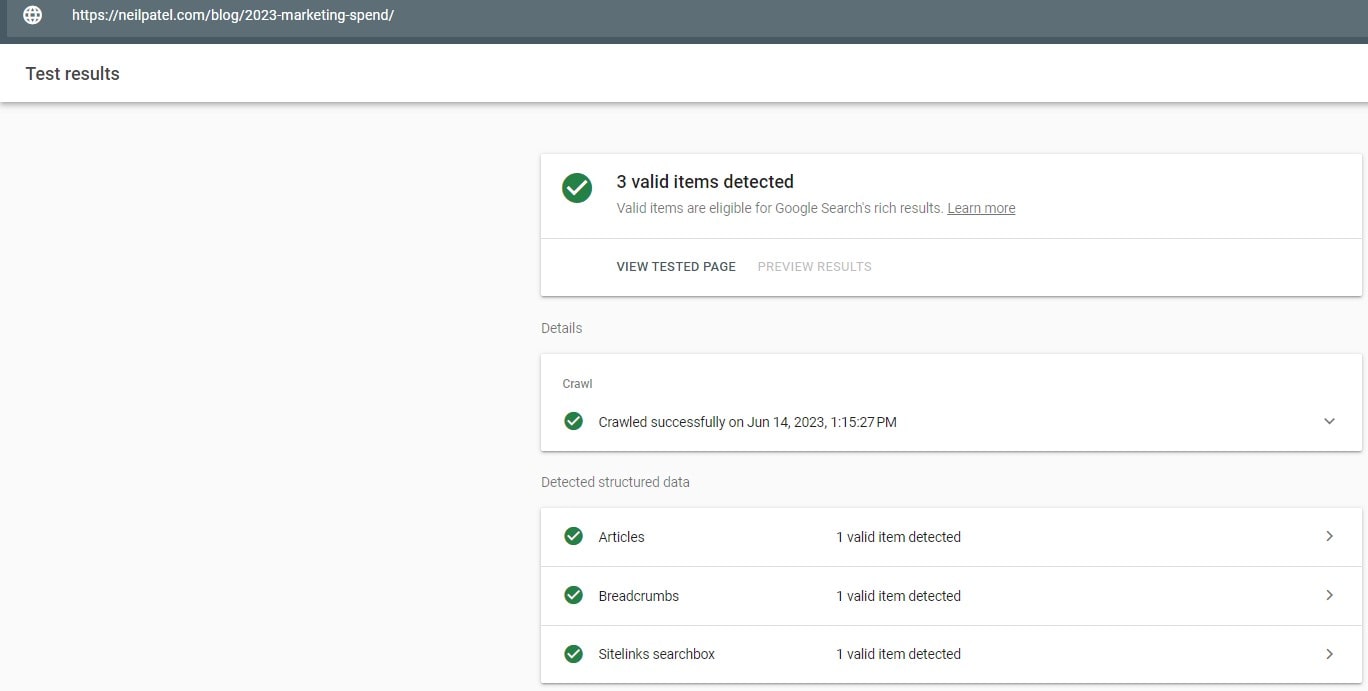
Implementing Schema Markup is like handing search engines a detailed road map, leading them directly to your content. This robust SEO tool provides rich information, enhancing the user experience and strengthening your online presence.
Dive into the benefits of Schema Markup:
- Boosts SEO: Helps search engines understand your content, improving the visibility of your website.
- Enhances User Experience: Offers rich, informative snippets that help users understand what your page offers at a glance.
Imagine a digital restaurant platform. By using Schema Markup, search engines understand specific elements like operating hours, location, menu, and ratings. Users, in turn, get a snapshot of the restaurant’s essentials right from the search results, simplifying their decision-making process.
Invest in Schema Markup – an integral part of a successful SEO strategy. By annotating your content, you’re assisting search engines to index your site more effectively. As a result, your pages appear with enriched snippets in search results, attracting more clicks and driving engagement. It’s a win-win situation – enhancing the search engine’s understanding and improving the user experience. So, don’t hold back – embrace Schema Markup and drive your online visibility up a notch!
15. Personalize User Experiences Based on Data
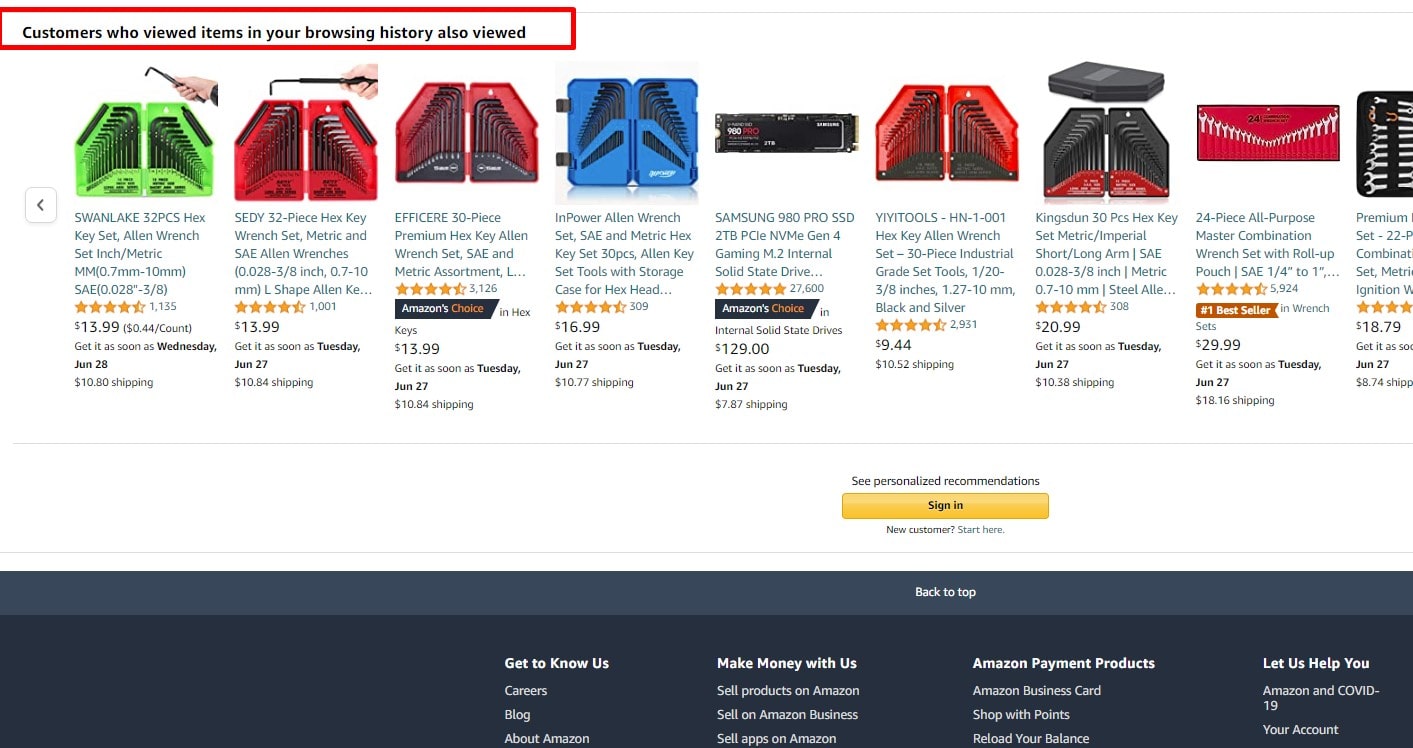
The power of data enables personalization that caters to the individual user experience, driving engagement and supporting SEO efforts. This user-centric approach involves understanding and applying insights drawn from user behavior.
Discover how to leverage data for personalizing user experiences:
- Tailored Content: Serve content that aligns with user interests based on browsing history and behavior.
- Customized Navigation: Alter website structure according to user patterns, enabling smoother navigation.
Suppose an online clothing retailer collects data on shoppers’ browsing behavior. The data shows a segment of users frequently exploring sustainable fashion. As a result, the retailer can customize the shopping experience by highlighting eco-friendly products for these users, making their experience more personalized and relevant.
User personalization fueled by data has a positive effect on SEO. The more relevant the user finds the content, the longer they will likely stay on the site, reducing bounce rates. Simultaneously, it promotes higher engagement, increasing the likelihood of sharing and linking to your content. All these factors contribute to improving your site’s authority and ranking in search engine results. Harnessing data for personalization is a powerful strategy, blending user experience and SEO to achieve your online objectives. Personalize the user journey with data insights and elevate your SEO strategy.
Future Predictions about the Role of UX in SEO
Stepping into the future, user experience (UX) is poised to impact SEO profoundly. As a result, the intertwined relationship of UX & SEO will intensify, making user-friendly design an SEO strategy. Here’s a glance at the predictions about the role of UX in SEO:
- Increased Mobile Optimization: With mobile usage rising, a mobile-friendly design will be paramount. Websites that must be optimized for mobile will inevitably trail behind in the SEO race.
- Greater Focus on Accessibility: To create an inclusive web, accessibility will come into sharper focus. Search engines will likely reward sites that follow accessibility guidelines, affecting SEO rankings.
Consider a hypothetical scenario – an e-commerce platform redesigns its site to offer a better UX. They introduce easy navigation, quicker load times, and more product details. As a result, user engagement increases, the bounce rate decreases, and the site begins to climb in search engine rankings.
The symbiosis of UX and SEO will become more pronounced in the future. Web designers and SEO experts must collaborate more than ever, crafting sites that please not just the users but also the search engines. As we venture into this future, the line between UX and SEO will blur, revealing a unified approach to creating successful, user-centric web experiences.
Bottom Line
Let’s close this discussion on the connection between UX and SEO. It’s no longer a question—your website’s UX caliber directly influences SEO. Imagine your website as a lively marketplace; the UI is inviting to the storefront, the page layout, and your content. Visitors, in turn, are your potential customers.
An enticing UX is like a friendly shopkeeper who knows exactly what the customer wants. When your website talks their language, they’re more likely to stick around, explore further, and, most importantly, keep coming back. This engaging interaction sends a thumbs-up to search engine algorithms, lifting your online visibility.
Here’s where Plerdy’s toolkit steps in, a Swiss Army knife of SEO and UX tools. Be it heatmaps to understand your visitors’ interaction or an SEO checker for SERP-friendly tweaks, Plerdy is a one-stop shop for your site’s optimization.
So, here’s our final advice, straight from the horse’s mouth:
- First, look hard at your site’s UX – remember, it’s your digital handshake.
- Adopt Plerdy’s all-in-one toolkit, an ideal partner for enhancing your website’s UX and SEO.
- Monitor and tweak regularly – digital trends shift quicker than spring weather.
As the digital frontier expands in 2023, the UX-SEO marriage is more crucial than ever. So, please don’t put it on the back burner; instead, keep your eye on the ball and stay tuned to the rhythm of this digital dance. The bottom line is simple—good UX paves the way for SEO success. So, roll up your sleeves, dive in, and give your website the UX it deserves!
